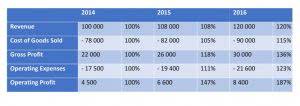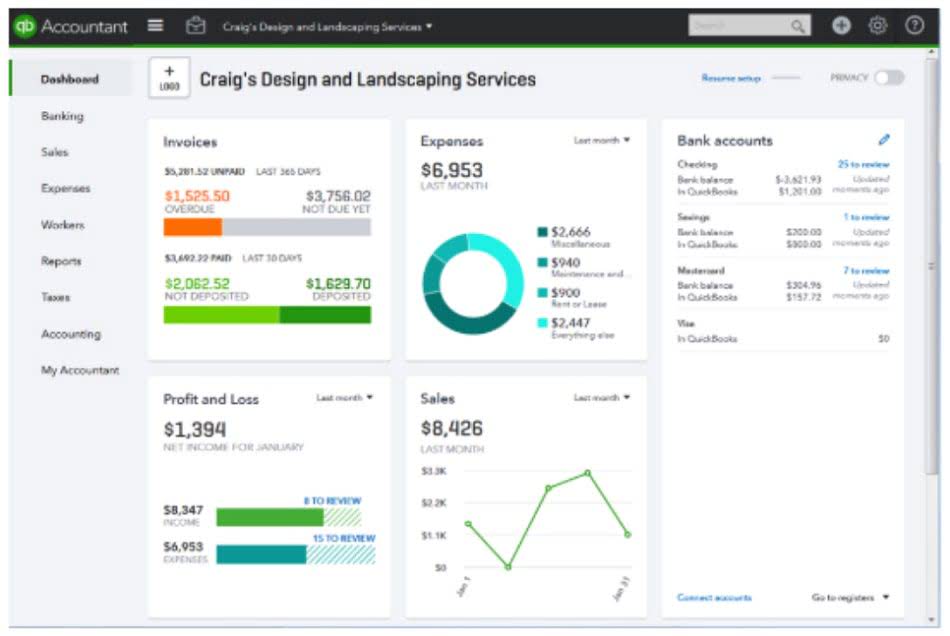
Doing this, make the reconciliation available irrespective of any associative impact on the balance sheet prior to this. Consider reconciling opening balance journal entries against each account via a mini reconciliation process. The opening balance equity account in QuickBooks is a single-use account.

What is the need for Opening Balance Equity in QuickBooks?

The Opening Balance Equity (OBE) account in QuickBooks is a temporary placeholder that ensures Financial Forecasting For Startups the accounting equation remains balanced when initial account balances are entered during setup. While it is necessary during the initial stages, leaving funds in this account can lead to inaccurate financial statements, complicating audits and financial analyses. If you’ve ever set up a new company in QuickBooks Online (QBO), you may have come across the Opening Balance Equity (OBE) account. It’s a special type of account created to help balance your books when entering opening balances for various accounts such as bank accounts, loans, or credit cards. While it plays an important role during the initial setup of a business, leaving a balance in the Opening Balance Equity account over time is usually a sign of an accounting issue that needs to be resolved. Since this account is only used during setup, it shouldn’t hold any funds once the process is complete.
- If the company has inventory, the opening balance equity account should be adjusted to reflect the correct inventory value.
- Now, how does this opening balance equity impact your current period’s profit?
- Accounts Receivable is the amount of money owed to a business by its customers.
- The online opening balance often gets inputted automatically once you download transactions from your bank’s online banking system.
- Once setup is complete, the balance should be reviewed and reclassified to appropriate accounts like retained earnings or owner’s equity.
Avoiding Immediate Errors
– Close what is opening balance equity the balance equity to “Owner’s Equity” if the company is a sole-proprietorship organization. We’re always available to offer further assistance with managing your accounts in QuickBooks Online. Opening Balance Equity represents the initial investment made by the owner or shareholders, while Retained Earnings represent the accumulated profits or losses of the company after the first year of business.
How Cynthia Went from Failing 6 Times to Passing the CPA Exam in 6 Months
- The audit process includes testing the transactions that reduce the Opening Balance Equity account.
- In our blog series 5 of 5, common Quickbooks terms – What is Retained Earnings and Opening Balance Equity?
- Here on the blog, Jason shares insights from his experiences in both accounting and tech.
- Errors in the OBE account can result in an imbalance between total assets and total liabilities plus equity, which can distort the company’s financial position and undermine the balance sheet’s integrity.
- Ignoring small discrepancies also allows accounting errors to accumulate over time.
- Your balance sheet is a snapshot of your company’s financial health at a specific point in time.
If you want trial balance to adjust the opening balance of the bank account, the balance will be set to $50 temporarily. This initial balance is crucial in the accounting equation as it influences the balance sheet and affects the calculation of assets, liabilities, and owner’s equity. It is instrumental in accurately portraying the true financial standing of the business, thereby enabling stakeholders to make informed decisions. It plays a vital role in determining the value of shareholder interests and ownership in the company, establishing transparency and accountability in the financial management of the business. It’s important to set up your chart of accounts correctly before recording the opening balance equity.
How do I enter opening balance equity in QuickBooks?
When transitioning from manual bookkeeping, migrating to new software, or setting up fresh accounting files, businesses frequently uncover discrepancies in opening balances, reconciliations, or journal entries. Additionally, seeking professional advice before making any major equity or journal entry adjustments can help ensure accuracy and compliance, maintaining the integrity of your financial records over time. The key is understanding the account’s purpose, avoiding common posting mistakes, and ensuring that opening balances are perfectly balanced. This approach will result in clearer financial statements, a more professional accounting system, and a stronger foundation for your business’s growth. Opening balance equity is not meant to be used for day-to-day transactions.
- When a company starts a new accounting period, it needs to record the balances of its assets and liabilities in the accounting system.
- The International Financial Reporting Standards (IFRS), which are used in many countries outside of the United States, also recognize the concept of Opening Balance Equity.
- Note that whether you are closing the balance equity to retained earnings or the owner’s equity, it is essentially the same concept.
- This account is needed when there are prior account balances that are initially being set up in Quickbooks.
